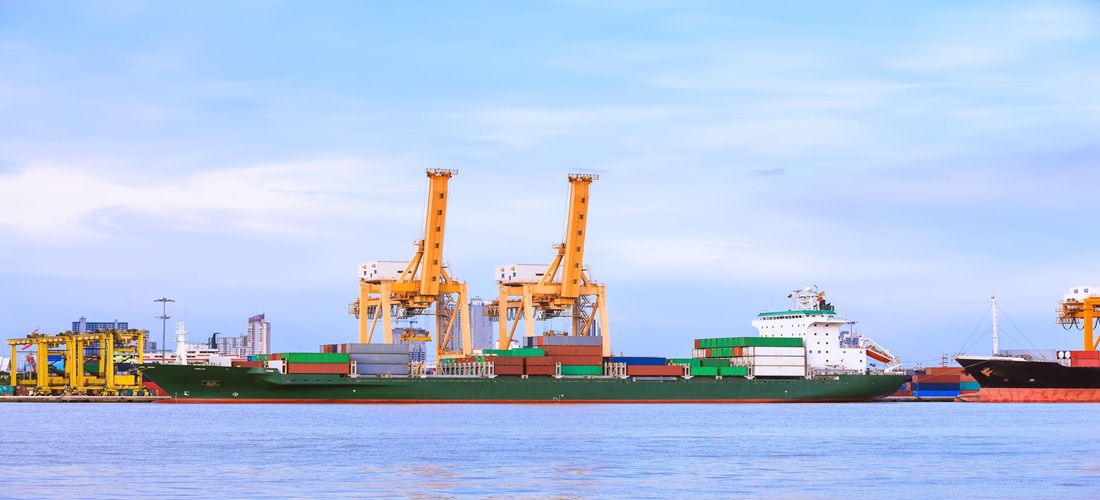
Peru Positions Itself as a Strategic Port Hub for China-Latin America Trade
Dec, 26, 2024 Posted by Denise VileraWeek 202449
The Peruvian National Port Authority (APN) is advancing ambitious plans to enhance its port infrastructure and solidify Peru’s role as a key hub for trade between China and Latin America. Among the primary initiatives is the Callao Pre-Port Project, which is set to receive investments of up to US$100 million in 2025. This project aims to alleviate congestion at Callao, the country’s largest port, currently burdened by over 3,000 cargo trucks and public and private transport vehicles.
Callao Pre-Port: Reducing Congestion and Boosting Efficiency
Juan Carlos Paz, head of the APN, explained that the proposed pre-port area would act as a buffer zone, allowing trucks to enter Callao’s terminals via a shift system. This would significantly minimize road congestion and improve operational efficiency. Designed to accommodate up to 729 lorries within a 12-kilometer area, the pre-port will be strategically located between Néstor Gambetta and Contralmirante Mora avenues.
Paz emphasized the project’s transformative impact, noting that Callao handles 2.7 million TEUs (twenty-foot equivalent units) annually. “The congestion it generates in Callao is significant, and this pre-port will enhance efficiency while reducing the negative impact on the road network,” Paz stated.
The project also addresses critical issues such as lengthy delays—trucks currently face waiting times of up to 12 hours—and associated security risks, including drug trafficking and container theft. These challenges contribute to additional costs of US$500 to US$1,000 per container, especially for smaller exporters and importers.
However, the initiative’s progress depends on the approval of Regulation No. 32048, which would enable concession holders like DP World and APM Terminals to invest in areas beyond their current assignments. The regulation, currently awaiting action by the Ministry of Transport and Communications, is crucial for enhancing port connectivity and competitiveness.
Chancay Port: A Game-Changer for China Trade
The recently inaugurated Chancay Port is set to become a vital link in Peru’s trade with China. Built with a partnership between Cosco Shipping Ports Limited (60%) and Inversiones Portuarias Chancay (40%), the port will begin commercial operations in February 2025. It will accommodate the world’s largest ships and establish a direct shipping route to Shanghai, China’s busiest port.
Paz highlighted Chancay’s potential to boost Peru’s status as a regional hub, predicting that transshipment cargo handled by Callao and Chancay combined will rise from 20% to 30%. In its first year, Chancay is expected to process one million TEUs, complementing the three million TEUs managed by Callao, thereby positioning the Chancay-Callao axis as a pivotal trade corridor along the Latin American coast.
Matarani and Copper Demand
In southern Peru, the APN is evaluating the extension of the Matarani Port concession to meet rising global copper demand driven by the energy transition. Operated by Tisur, Matarani currently handles 6.5 million tons of mineral exports annually, primarily copper. With planned investments of US$420.62 million, the port is poised to support major mining projects, such as Antapaccay, Las Bambas, and Quellaveco, while bolstering Peru’s role in the global copper trade.
The APN aims to extend Matarani’s concession until 2059, aligning it with a long-term vision for expanding mineral, general cargo, and container operations.
Expanding Peru’s Port Network
Additional projects are underway to strengthen Peru’s port infrastructure:
Miguel Grau Port in Tacna: A master plan has been approved, requiring collaboration with ProInvestment to assess feasibility.
Ilo Port: Southern Copper proposes a breakwater construction to enhance operability.
Corío Port in Arequipa: The APN is conducting a demand study to evaluate the feasibility of a new port in the southern region.
These initiatives reflect a comprehensive strategy to modernize Peru’s ports, improve connectivity, and enhance its competitive edge in international trade.
Challenges and Opportunities
While the outlook is promising, challenges persist, including regulatory delays and geopolitical concerns. For instance, Mauricio Claver-Carone, a former Trump advisor, has suggested imposing tariffs on goods passing through Chancay due to its construction with Chinese capital.
Paz, however, downplayed the impact of such proposals, emphasizing Peru’s strong commercial ties with the United States. “The Chancay Port Terminal will benefit Peru and the entire region, enabling dynamic international trade,” he remarked.
With key projects like the Callao Pre-Port and Chancay Port and strategic investments in Matarani and other regional ports, Peru is poised to become a cornerstone of China-Latin America trade, driving economic growth and regional integration.
Source: Bloomberg Línea
-
Meat
Sep, 06, 2019
0
BRF sells stake in Singaporean company
-
Economy
Oct, 27, 2022
0
Development bank to finance fertilizer factory in south of Brazil
-
Shipping
Jul, 29, 2021
0
Maritime freight exceeds US$ 10 thousand per container and generates great apprehension in Brazilian foreign trade
-
Trade Regulations
Aug, 17, 2021
0
ANBA: Brazil to conclude a Mercosur-Lebanon free trade agreement in 2022

